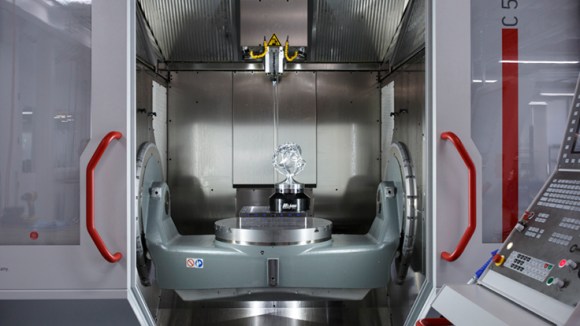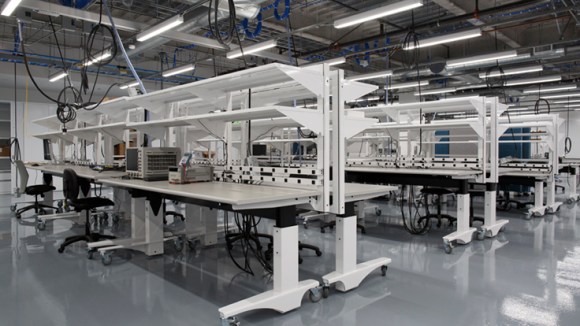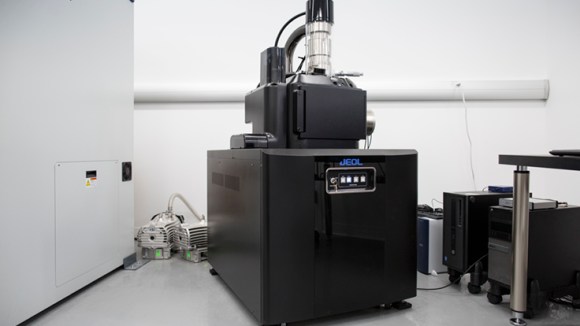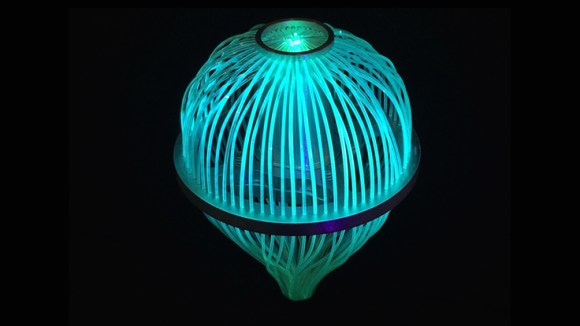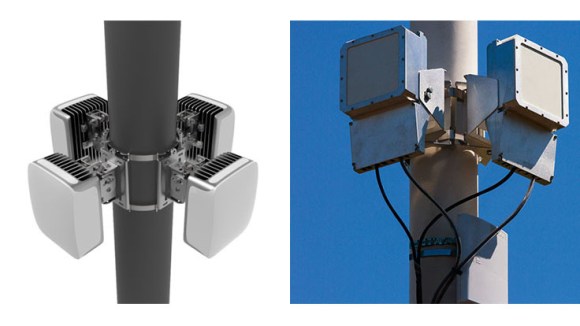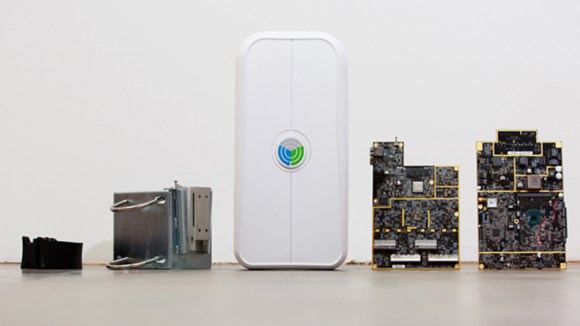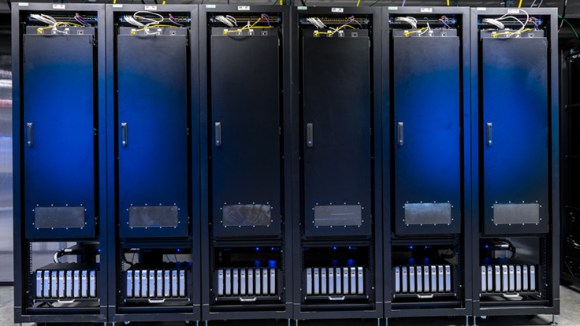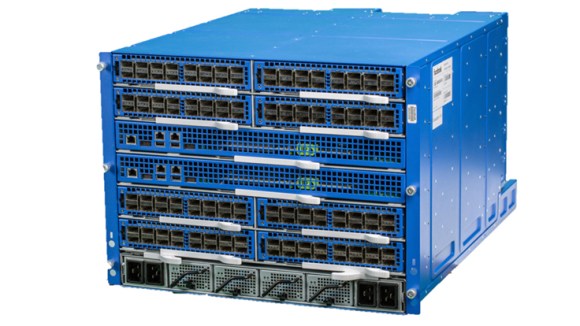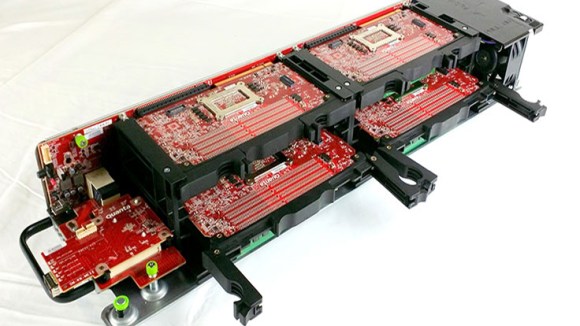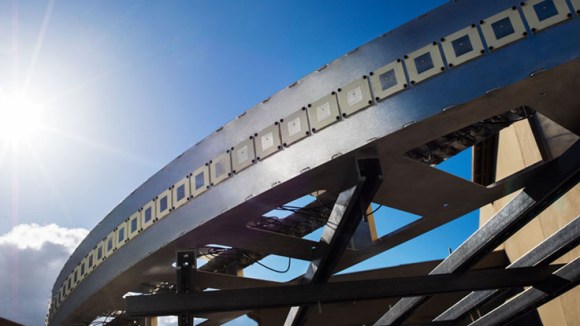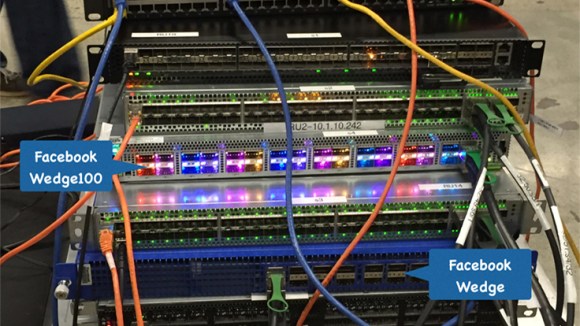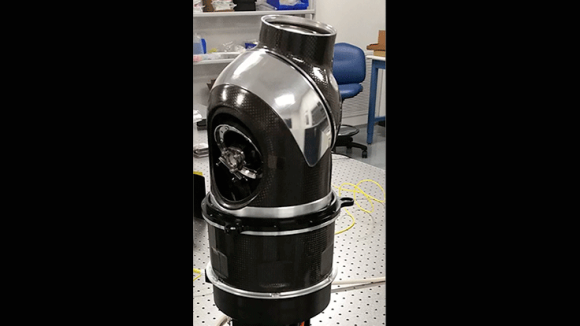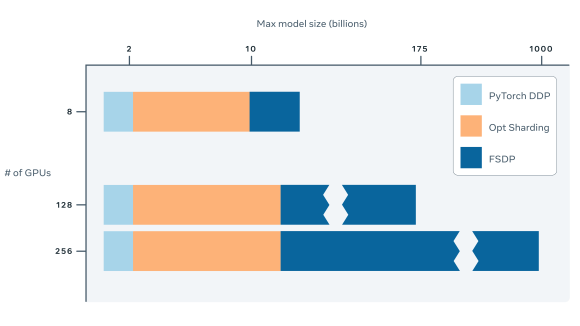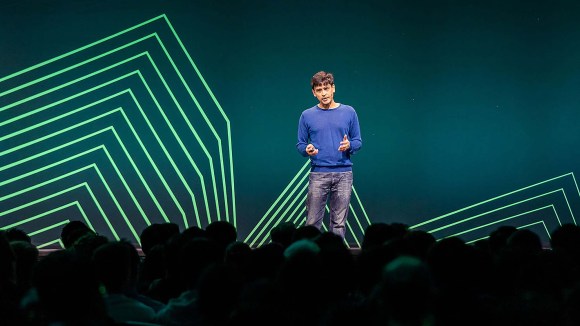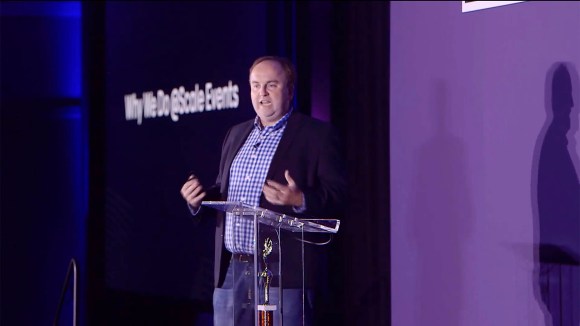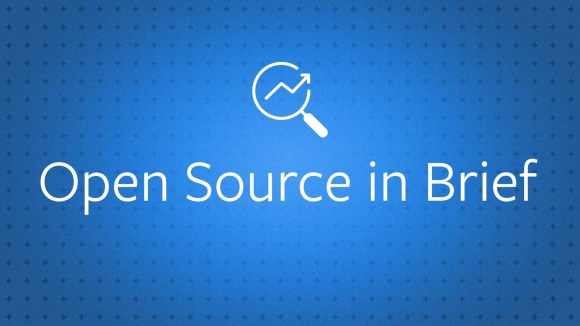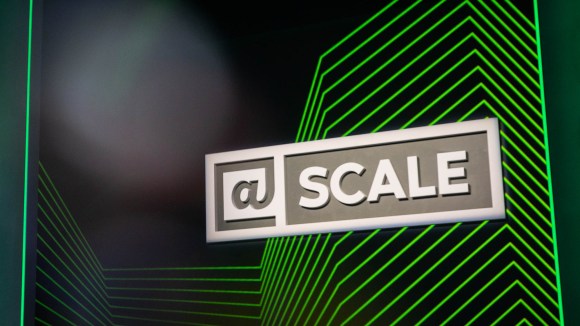Hardware engineering traditionally happens behind closed doors, in isolated labs. We fell into this pattern ourselves early on at Facebook, as we opened individual hardware labs to support new teams. Some of our first labs — including one in a repurposed mail room, in our old Palo Alto headquarters — were built for our Infrastructure teams to prototype custom racks, servers, storage systems, and network switches for our data centers. As new, hardware-oriented teams like Connectivity Lab and Oculus started to form, we built additional labs for those teams to design, prototype, and test. Today we have hardware labs all over the world — from our Oculus facilities in the Seattle area to our Aquila hangar in the U.K. to our laser communications lab in Southern California — as well as a number of custom labs in our Menlo Park office that are used by the Oculus, Connectivity Lab, and Infrastructure teams.
These labs have all served their respective teams well, but over time we started to see that when engineers from different teams came together and shared their expertise, we could make even faster progress on the projects they were working on — engineers in the Connectivity Lab learned from our experts in failure analysis to create high-quality prototypes early in the testing process, the networking team worked with the FSO team on breakthroughs in wireless transmission of data, and so on. We wanted to create more opportunities for these teams to come together; we needed a big, open space to complement our custom labs. So we built one, and we call it Area 404 — named for our teams wanting a space just like this one, but one wasn’t found; now it’s found, and we lovingly refer to the space as Area 404.
This new 22,000-square-foot lab is located in our Menlo Park office, and it’s outfitted with state-of-the-art machine tools and test equipment. With this new space, we can now handle the majority of our modeling, prototyping, and failure analysis in-house, decreasing each iteration of the development cycle from weeks to days. Even more important, the space has room for all teams, with more than 50 workbenches in the main area. Connectivity Lab, Oculus, Building 8, and our Infrastructure teams can now work collaboratively in the same space, learning from one another as they build.
The lab consists of two main areas: the electrical engineering labs and the prototyping workshops. The electrical engineering labs provide space and equipment for the various teams to test and debug their designs. Much of the work in these labs is very specialized, with equipment setups that are custom to the products being developed. The prototyping workshops are stocked with a variety of machine tools, including multi-axis computer numerically controlled (CNC) machines, that enable teams to quickly iterate on complex problems. Some of those machines are:
- 9-axis mill-turn lathe, used for making complex components that require tight tolerance turning features and milling features on a single part, like our custom-designed, two-axis gimbal for air-to-air and air-to-ground laser communications. With this machine, we can make these parts in one setup and in low volume production; without this machine, parts would have to be machined in multiple setups on multiple machines, which is slow and error-prone.
- 5-axis vertical milling machine, capable of producing extremely large, complex, and accurate prototypes by machining with all five axes simultaneously. This machine allows us to create large and extremely complex geometry — like parts associated with Terragraph — rapidly.
- 5-axis water jet, capable of cutting full 10′ x 5′ sheets of material, including aluminum, steel, granite, stone, etc. The jet is powerful enough to cut through a sheet of one of these materials that is several inches thick.
- Sheet metal shear and folder, two machines used for sheet metal prototyping. The folder is a CNC machine that can be programmed to bend complex sheet metal components, such as the components making up our custom-built server racks.
- CNC fabric cutter, used to cut any fabric quickly and accurately based on a 2D engineering design.
- Coordinate measuring machine (CMM), used to inspect prototypes to ensure they are within specifications that are calculated by the engineer. The machine is also capable of reverse-engineering a part and turning it into a 3D computer model.
- Electron microscope and CT scanner, used for examining components for failure analysis and can produce 3D, X-ray images for inspection. During prototyping, it’s important that we can pinpoint where to make improvements.
With these state-of-the-art machine tools, testing equipment, and expert model makers, we can collaborate in-house and enable faster and more innovative hardware development. We can prototype a variety of hardware in areas such as:
- Infrastructure: For example, parts associated with our open rack, top-of-rack switch Wedge, modular switch 6-pack, storage solution Open Vault, modular sleds and shelving for Big Sur, and hardware designs contributed to TIP (Telecom Infra Project), like machined heat sinks, sensors, and the mounting solution for OpenCellular.
- Connectivity Lab: For example, research and development for Aquila; hardware associated with Terragraph and Project ARIES; and our optical detector.
- VR: New virtual reality hardware and technology, including Facebook Surround 360‘s camera rig and outer shell and Oculus prototypes.
We’re working hard to make the world more open and connected, and as shared in our 10-year roadmap, that includes building next-generation hardware — hardware that creates smarter, more immersive experiences and systems that will connect the world. With our expanded lab space, we are advancing the pace of hardware research and development already happening within Facebook by bringing our experts together.


